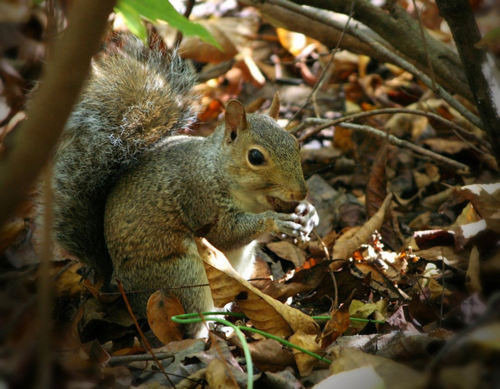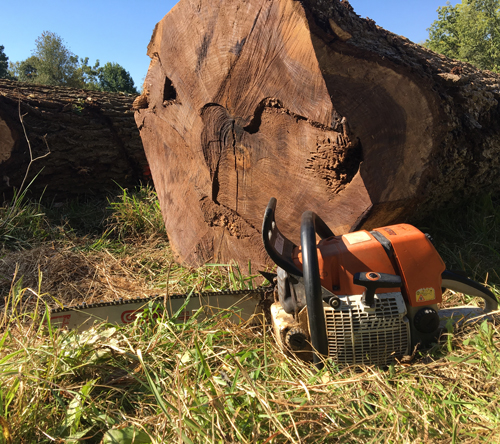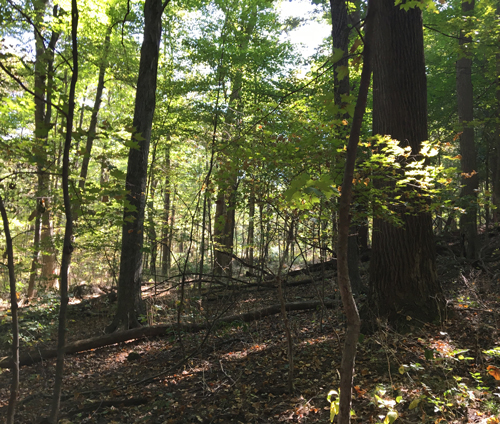Frequently Asked Questions

Why should I harvest my trees?
Selective thinning of a forest also provides an environment for wildlife to thrive. Less trees allow for more sunlight to reach the forest floor and provide and means for small shrubs and berries to grow. These small plants become a great habitat for lots of small animals to find food and shelter.
Not only is harvesting trees healthy for the environment but it also provides materials for many of the things we use in our everyday lives. Paper products, building materials, cosmetics, and even food products are just a few of the things we use everyday which are created from trees. It is a good feeling to know that we are helping to create a healthy forest and providing materials for our lives when we harvest our trees responsibly.

I’ve heard a lot about clear cutting. Isn’t it bad for the environment?

Are we running out of trees?

Is wildlife habitat destroyed when we cut trees?

Does recycling paper save trees?
Why Are Some Trees Left Laying In The Forest After Your Are Done?

Do you have liability insurance?

Do you cleanup after the job is done?
When harvesting trees in a dense woods we often cut down the tree tops that are left laying on the ground to cleanup the woods. The left over tree tops (slash) also provide a shelter for wildlife and promote the regrowth of new trees from the natural decay of the slash.
We also reseed skidder trails that have run through your lawn or other grassy areas areas.
What is your service area?
READY TO HARVEST YOUR TIMBER?
SCHEDULE A CONSULTATIONOur Service Area
We service the entire state of Ohio. Some of the cities we serve include: Marietta, Mansfield, Zanesville, Medina, Cuyahoga Falls, North Royalton, Wooster, Millersburg, Canton, New Philadelphia, and surrounding areas.
Our Service Area
We service the entire state of Ohio. Some of the cities we serve include: Marietta, Mansfield, Zanesville, Medina, Cuyahoga Falls, North Royalton, Wooster, Millersburg, Canton, New Philadelphia, and surrounding areas.

Your Trusted Timber Buyer
Phone: 330-275-2586
Millersburg, Ohio